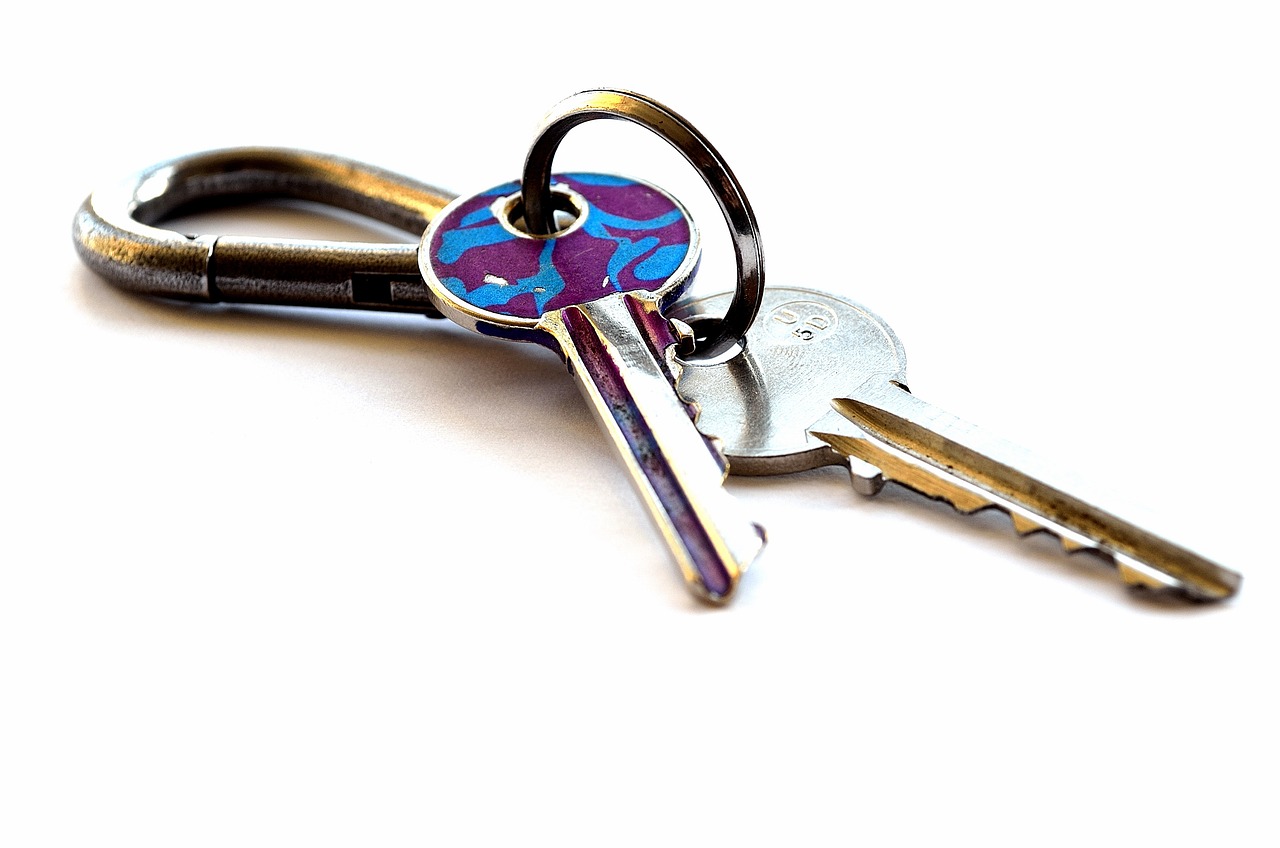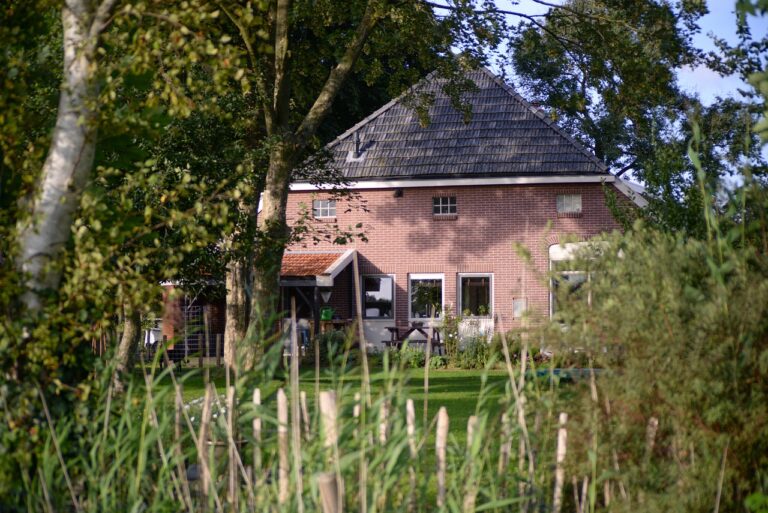Green Building Certifications: Understanding LEED, ENERGY STAR, and More
betbhai9, playexch in login, lotus365 in login password:Green building certifications have become increasingly popular in recent years as more and more people seek to reduce their environmental impact and create healthier living spaces. Two of the most well-known certifications are LEED and ENERGY STAR, but there are many others to consider as well. In this article, we will break down the key differences between these certifications and provide a comprehensive overview of what each one entails.
LEED Certification
LEED, which stands for Leadership in Energy and Environmental Design, is one of the most widely recognized green building certifications in the world. It was developed by the U.S. Green Building Council (USGBC) and includes a set of rating systems for various building types, such as homes, commercial buildings, and neighborhoods.
To achieve LEED certification, a building must meet certain criteria related to sustainable design, energy efficiency, water conservation, and indoor air quality. There are four levels of LEED certification: Certified, Silver, Gold, and Platinum, with Platinum being the highest level of achievement.
Energy Star Certification
ENERGY STAR is a certification program developed by the Environmental Protection Agency (EPA) to identify and promote energy-efficient products and buildings. Buildings that earn the ENERGY STAR certification use on average 35 percent less energy than typical buildings and produce 35 percent fewer greenhouse gas emissions.
To qualify for ENERGY STAR certification, a building must meet strict energy performance standards set by the EPA. This includes using energy-efficient lighting, HVAC systems, and appliances, as well as implementing strategies to reduce energy consumption and improve indoor air quality.
Other Green Building Certifications
In addition to LEED and ENERGY STAR, there are several other green building certifications that are worth considering. Some of these include:
– Passive House: A certification program that focuses on building ultra-efficient, airtight structures that require very little energy for heating and cooling.
– Living Building Challenge: A certification program that challenges designers to create buildings that are self-sufficient and have a net-zero impact on the environment.
– Green Globes: A certification program that provides a flexible and affordable alternative to LEED, allowing builders to choose which criteria to focus on based on their specific goals.
FAQs
1. What are the benefits of green building certifications?
Green building certifications can help reduce energy costs, improve indoor air quality, increase property value, and demonstrate a commitment to sustainability.
2. How much does it cost to get a green building certification?
The cost of obtaining a green building certification can vary depending on the size and complexity of the project. However, the long-term savings from reduced energy consumption and increased property value often outweigh the initial investment.
3. How long does it take to get certified?
The certification process can take anywhere from a few months to a year or more, depending on the certification program and the complexity of the project. It’s important to start planning early and work with a team of experienced professionals to ensure a smooth certification process.
In conclusion, green building certifications such as LEED, ENERGY STAR, and others play a crucial role in promoting sustainable design and construction practices. By understanding the differences between these certifications and choosing the one that best fits your needs, you can create a healthier, more energy-efficient building that benefits both the environment and the people who use it.







